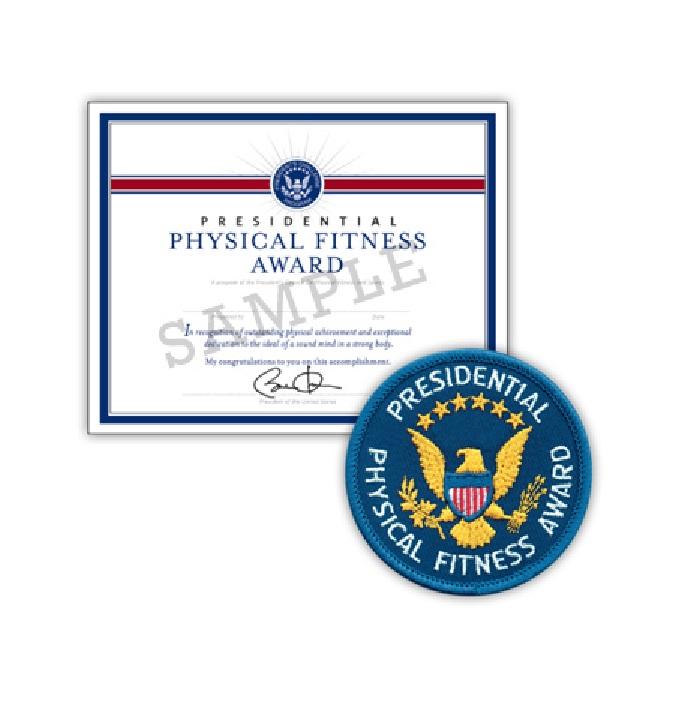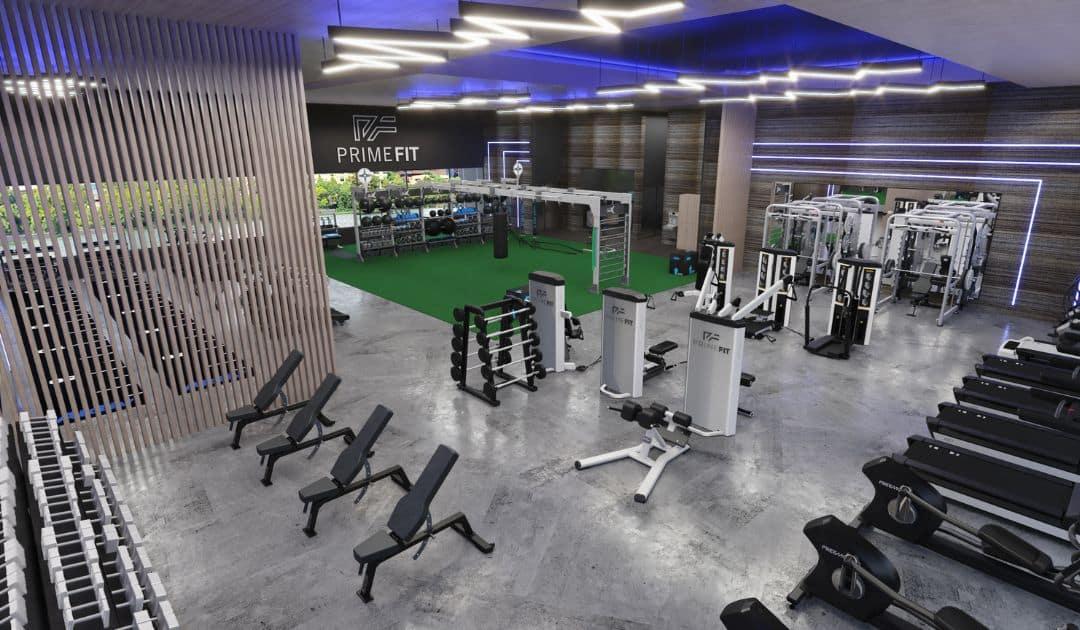In the journey toward long-term fitness achievements, the allure of quick fixes and rapid transformations often overshadows the quiet power of setting realistic goals. Imagine embarking on a voyage across a vast ocean; without a clear map and compass, even the most determined sailor can find themselves adrift. Similarly, in the world of fitness, setting achievable and meaningful goals serves as the guiding stars that illuminate the path to enduring success. This article delves into the art and science of crafting goals that not only inspire but also endure the test of time, helping you build a sustainable and rewarding fitness journey. Whether you’re stepping into the gym for the first time or you’re a seasoned athlete seeking renewed focus, learn how to align your aspirations with practical strategies to create a roadmap for lasting health and vitality.
Understanding Your Baseline and Potential
Before embarking on a journey to long-term fitness, it’s essential to have a clear understanding of where you stand and where you can go. Your current fitness level serves as your baseline, and recognizing this helps in setting realistic and achievable goals. Self-assessment is crucial, and it includes evaluating your physical capabilities, lifestyle habits, and any past injuries or health conditions. This honest appraisal is the foundation upon which you’ll build your fitness journey.
To explore your potential, consider the following steps:
- Identify strengths and weaknesses: Are you more inclined towards endurance activities, or do you excel in strength-based exercises?
- Set measurable goals: Aim for goals that are Specific, Measurable, Achievable, Relevant, and Time-bound (SMART).
- Monitor progress: Regular check-ins with your fitness levels will help you adjust your goals as needed.
- Seek professional guidance: A fitness trainer or a health professional can provide insights into your potential and help tailor a plan suited to your needs.
Understanding both your baseline and potential not only makes the goal-setting process more effective but also ensures a sustainable and enjoyable fitness journey.

Crafting a Personalized Fitness Roadmap
Setting goals is more than just choosing an arbitrary target; it’s about aligning your aspirations with your unique lifestyle and physical capabilities. Begin by evaluating your current fitness level and daily routines. Ask yourself: What is realistically achievable within your current schedule? Understanding your baseline helps in setting attainable milestones that motivate rather than overwhelm.
- Specificity: Clearly define what you want to achieve. Instead of “get fit,” aim for “run a 5K in 30 minutes.”
- Measurability: Ensure your goals are quantifiable. Track progress with metrics like weight lifted or miles run.
- Achievability: Set goals that stretch your limits but remain within reach, considering your current fitness level.
- Relevance: Align your goals with your personal interests and lifestyle to maintain motivation.
- Time-bound: Establish a realistic timeframe to reach each goal, allowing for adjustments as needed.
Remember, the key to long-term success lies in adaptability. Life is dynamic, and your fitness journey should be too. Regularly reassess your goals and make necessary adjustments, ensuring they continue to reflect your evolving priorities and capabilities. By crafting a personalized roadmap, you set the stage for sustainable progress and enduring achievements.

Balancing Ambition with Achievability
To successfully navigate the path to long-term fitness, it’s crucial to harmonize your ambitious desires with what is genuinely achievable. This requires a keen understanding of your current capabilities and resources. Start by assessing your baseline fitness level—knowing where you stand can help you create a roadmap that’s both challenging and attainable. Remember, it’s not about setting the bar low; it’s about crafting a trajectory that allows for sustainable growth. Consider the following:
- Identify realistic milestones: Break down your ultimate fitness goal into smaller, more manageable targets. This approach not only makes the journey less daunting but also provides regular opportunities to celebrate progress.
- Account for life’s unpredictability: Be flexible and prepared to adjust your goals as necessary. Life can be unpredictable, and acknowledging this in your planning will help maintain motivation and reduce frustration.
Incorporate these strategies into your goal-setting process to create a balanced approach that fuels your ambition while keeping you grounded in reality. By doing so, you’ll find yourself steadily advancing toward your long-term fitness aspirations with confidence and resilience.

Building a Supportive Environment for Success
Creating an environment that fosters achievement begins with understanding the pivotal role of support in your fitness journey. Whether it’s family, friends, or like-minded individuals, having a network that encourages your ambitions can significantly enhance your motivation and perseverance. Seek out communities, either online or in-person, that share your fitness goals. Engage in forums or social media groups where you can exchange tips, celebrate milestones, and find inspiration from others’ progress.
In addition to community support, it’s crucial to establish personal routines that align with your objectives. Designate a specific area in your home as a workout space, which psychologically primes you for exercise. Incorporate elements that boost your morale, like motivational quotes, progress charts, or even your favorite music playlists. By embedding these supportive structures into your daily life, you create a nurturing environment that naturally propels you toward achieving your long-term fitness goals.
- Join a fitness group – Find a local club or online community.
- Create a workout playlist – Energize your sessions with your favorite tunes.
- Set up a home gym corner – Dedicate a space for fitness activities.
- Share your journey – Use social media to document and motivate.
